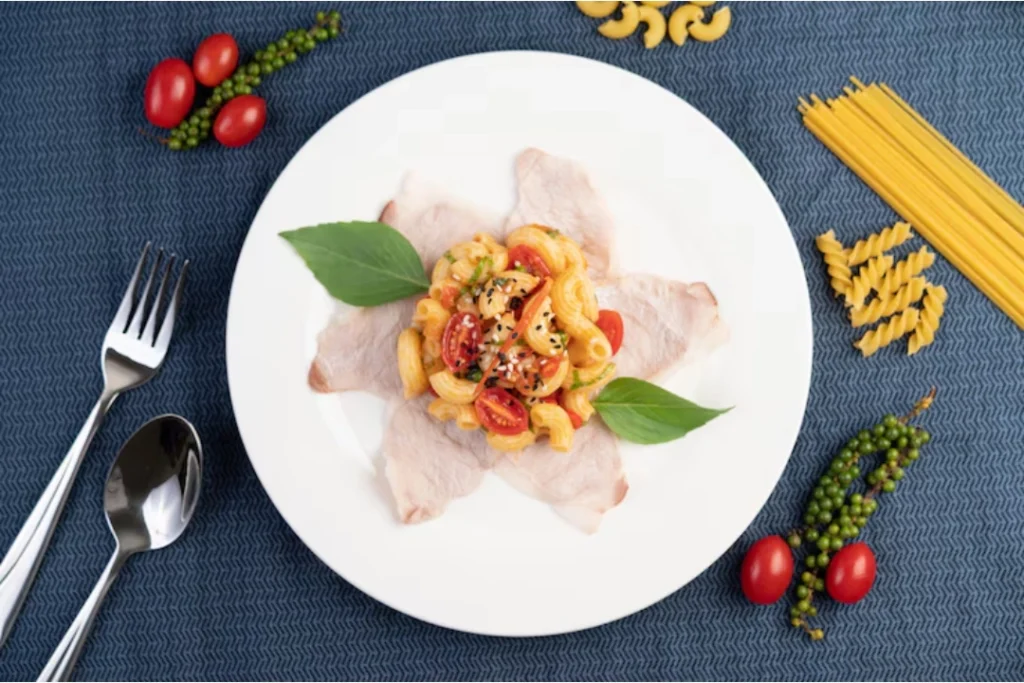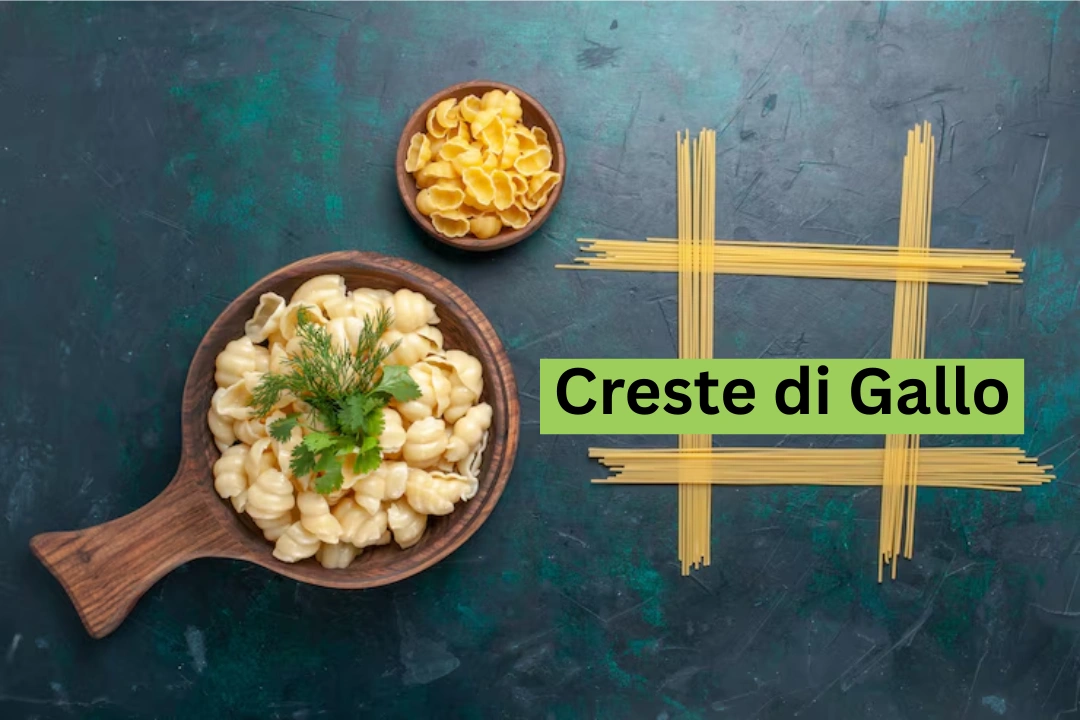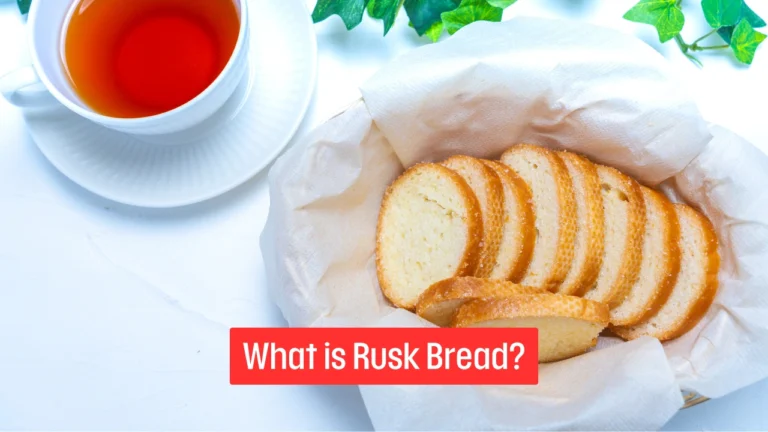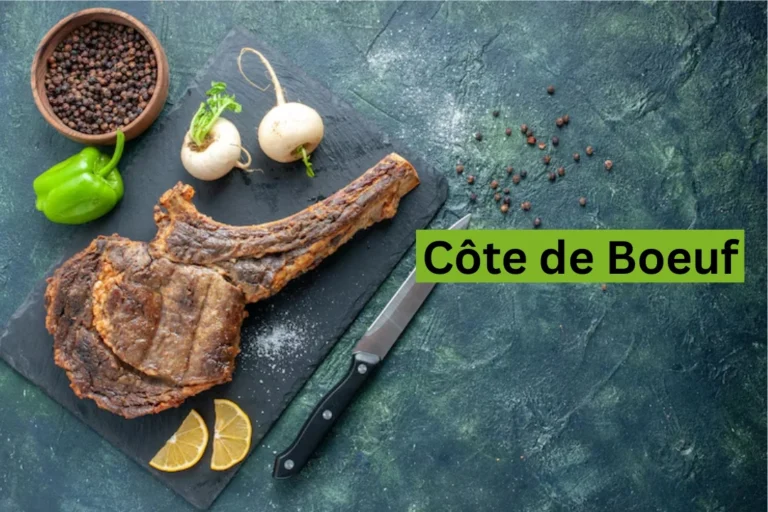Creste di Gallo: The Rooster’s Crest Pasta You Should Know About
Creste di gallo is a lesser-known yet charming pasta shape that has started to gain attention among home cooks and chefs alike. With its curved body and ruffled edge, it resembles the comb on a rooster’s head, which is exactly where it gets its name. It may look playful, but this pasta brings serious performance to your plate when it comes to holding sauces and enhancing textures.
What Does Creste di Gallo Look Like?
The first thing people notice about creste gallo is its distinct shape. It curves gently like an elbow, but what sets it apart is the frilly, fluted edge along one side. That ruffle isn’t just for looks it helps the pasta trap sauces better than smoother types. Each bite offers a satisfying mix of texture and flavor, making it a visual and culinary standout in any pasta dish.
The Story Behind the Name
Creste gallo means rooster’s crest in Italian. The name pays homage to the rooster’s comb, which the pasta resembles. According to local stories from Tuscany, the Medici family once escaped a deadly plot thanks to their roosters’ loud crowing. In honor of those feathered saviors, a pasta was created with a shape similar to their combs. While the legend may be romanticized, it adds charm and character to the dish.
Is Creste di Gallo Nutritious?
Like most traditional pastas, creste gallo is made from durum wheat semolina. Here’s a general breakdown of its nutritional profile per 100g serving:
| Nutrient | Amount |
|---|---|
| Calories | 350 kcal |
| Carbohydrates | 70 g |
| Protein | 12 g |
| Fat | 1.5 g |
| Fiber | 3 g |
| Sodium | 5 mg |
If you’re looking for whole grain or gluten-free options, some producers now offer alternatives to meet dietary needs.
Why This Pasta Shape Works So Well
Functionality meets form with creste gallo. Unlike spaghetti or penne, this pasta is tubular with a ridged, curved form and frill. These features create tiny pockets that hold onto sauces, herbs, and melted cheese beautifully. Whether you’re making a creamy Alfredo or a rustic Bolognese, creste gallo absorbs the essence of every ingredient in the dish. That means bigger flavor and better texture in every mouthful.
Traditional Italian Dishes with Creste di Gallo

In many parts of Italy, creste gallo is used in regional dishes. One popular version involves braising small amounts of chicken or veal with tomatoes, white wine, and herbs, then combining it with the pasta. It is also often seen in pasta al forno, or baked pasta, where the curved shape crisps nicely in the oven. Thanks to its ability to stand up to heat and heavy sauces, it’s a perfect fit for bold, flavorful meals.
How to Cook Creste di Gallo Perfectly
Cooking creste gallo is similar to most dry pasta. Bring a large pot of salted water to a rolling boil, then add the pasta. Stir occasionally and cook it for 9–11 minutes, or until it’s al dente. Be careful not to overcook it, as the pasta’s structure is essential to its function. Once cooked, drain but reserve a cup of pasta water to help emulsify your sauce and give your dish a silky finish.
Pairing Sauces with Creste di Gallo
Creste gallo pairs best with sauces that have texture. Cream-based sauces with chunks of mushroom, spinach, or pancetta cling wonderfully. Meat ragùs or tomato sauces filled with vegetables or sausage also work well. Even a simple olive oil and garlic base will feel elevated, thanks to how this pasta carries flavor. Avoid very thin sauces, as they may slide off rather than cling.
Where to Find Creste di Gallo
This pasta may not be available in every grocery store, but you can find it at Italian specialty markets and gourmet food shops. Online stores like Amazon, Eataly, or small artisan pasta makers often carry it. Look for brands that list semolina flour as the main ingredient. High-quality pasta will maintain its shape and texture during cooking, making a noticeable difference in your final dish.
Can You Make It at Home?
If you enjoy making pasta from scratch, you’ll be glad to know that creste gallo is possible to create at home though it may take time. You’ll need a pasta extruder with a creste gallo die to form the proper shape. Alternatively, some artisans shape it by hand using rollers and cutters. Homemade pasta gives you control over the flour, thickness, and moisture, making it a fun and satisfying project.
Modern Uses of Creste di Gallo
Beyond Italy, chefs have begun to use creste gallo in modern, creative ways. Some use it in cold pasta salads where its shape adds visual flair. Others incorporate it into Asian-Italian fusion dishes with soy-based or peanut sauces. Even mac and cheese gets a gourmet upgrade with this pasta, providing a playful texture that holds onto all that gooey cheese.
Why You Should Try It
If you’re looking to branch out from your usual pasta routine, creste gallo is a fantastic choice. Its shape is fun and functional. Its taste pairs well with many cuisines. And its history gives you a story to share at the dinner table. Whether you’re a seasoned cook or just starting out, experimenting with new pasta types like cresteigallo is a delicious way to grow your skills in the kitchen.
Conclusion
Creste gallo might not be as famous as spaghetti or fusilli, but it’s a pasta worth trying. Its eye-catching design and excellent sauce-holding abilities make it a strong contender for any recipe. Whether you use it in a traditional Italian ragù or a bold new creation, this pasta adds personality and power to your plate. Add it to your pantry you won’t regret it.







